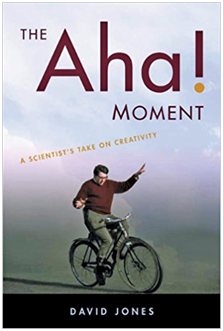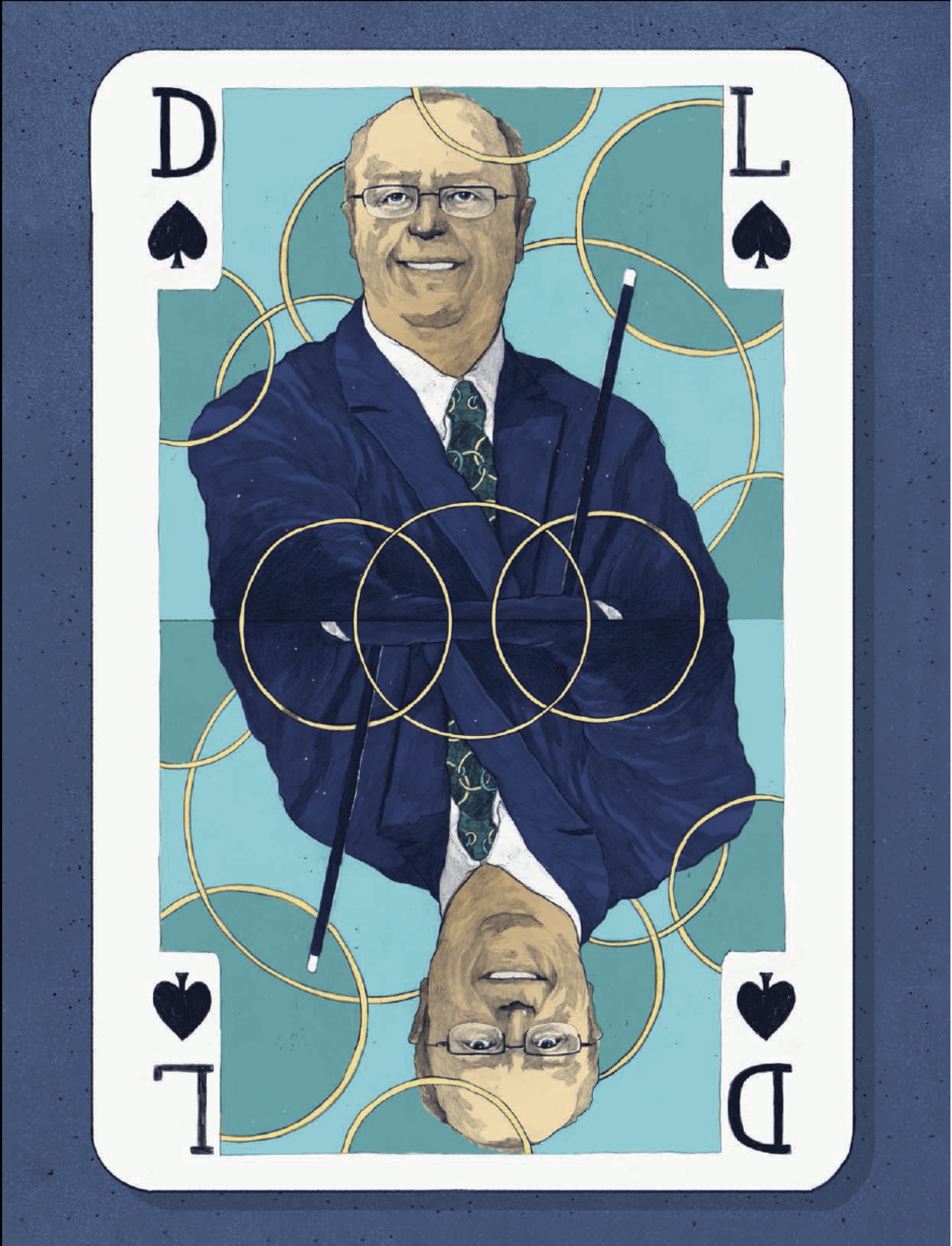About the Lecture
The Concept
The lecture delves into that grey area between science and fiction and seeks to encourage the audience to believe questionable solutions to everyday problems that may or may not exist. This is not a get-rich-quick approach and there is no room for quack suggestions. Hard science will underpin the ideas but maybe there is a flaw in the logic? Sometimes fact and fiction are hard to distinguish. Sir Benjamin Thompson, later Count Rumford who provided the funds to start the Royal Institution in London, used the newly-founded science of thermodynamics – every chemistry undergraduate’s worst nightmare – to improve the accuracy of canons. He simply immersed the canon barrel in water and used a blunt drill. Surely, Daedalus would have done something similar.
The Creator
The Daedalus character derived from the highly fertile imagination of the late David Edward Hugh Jones (1938 – 2017). The fictional inventor of DREADCO appeared in various science magazines over a period of almost 40 years, starting in New Scientist in 1964 and continuing in Nature until 2002. Apart from weekly columns, two books appeared about Daedalus, the first being The Inventions of Daedalus: A Compendium of Plausible Schemes (1982) and the second was The Further Inventions of Daedalus (1999). A notable feature of these articles was the annotated sketches. At its height, Daedalus demanded the introduction of at least one ingenious idea each week! Jones also wrote two books on the origin of innovative ideas (The Aha! Moment, 2012; and Why Are We Conscious? 2017). The latter being published shortly before he died on 19 July at the age of 79.

In 1974, Jones became the Sir James Knott Research Fellow at what was then The University of Newcastle upon Tyne. Later he became an independent science consultant to industry and advisor on scientific demonstrations for television. Among his many achievements, he is perhaps best known for creating fake perpetual-motion machines. Although his published ideas incorporated deliberate flaws, a remarkably high proportion turned out to be viable and led other scientists to key discoveries. Such inventions include hollow carbon molecules and 3D printing. Controversy appeared in the form of the claim that the significance of arsenic in Napoleon’s wallpaper. He leaves an incredible collection of ideas and a unique way to engage the general public in the lofty atmosphere of high-level science.

The Creation
Daedalus* worked as Research Director for the fictional company DREADCO. He gained immense pleasure from proposing plausible schemes for implausible science under the basic operating principle that: “DREADCO succeeds only because it is run for the satisfaction and entertainment of the staff, particularly me.” Usually there would be something quite intentionally wrong in the details — a violation of some law of nature, typically — but in a way that was not immediately obvious.
Daedalus suggested sloping the water in canals to increase the speed of boats by eliminating time-consuming locks. A later proposal introduced a new type of margarine for weight loss. A revolutionary type of drill comprising a jet of iron vapour is reminiscent of modern thoughts about super-exchange interactions in plastic electronics. A reverse aqualung for fish out of water has yet to find outlets. The list of incredible discoveries is immense and Daedalus is obviously a scientific genius. Many of the solutions to everyday issues are difficult to discredit and could turn out to be workable. Doubts might exist about the value of a set of billiard balls with centres of gravity which are not quite located at their centres…
Daedalus*according to Greek mythology designed the labyrinth on Crete to hold the Minotaur. To escape the island, Daedalus built wings of feathers held in place by sealing wax. Flying too close to the sun, the wax melted and his son fell from the sky. This story encourages others to consider the long-term consequences of their own inventions.
The Challenger
Prof. David Leigh (FRS) of Manchester University has accepted the challenge of presenting the second Daedalus Lecture. Professor Leigh’s research deals with the design, synthesis and application of molecular-scale machines. In recent years some of the first examples of synthetic molecular level machines and motors—all be they are primitive by biological standards—have been developed. Perhaps the best way to appreciate the technological potential of controlled molecular-level motion is to recognise that nanomotors and molecular-level machines lie at the heart of every significant biological process. Over billions of years of evolution Nature has not repeatedly chosen this solution for achieving complex task performance without good reason. In stark contrast to biology, none of mankind’s fantastic myriad of present day technologies exploit controlled molecular-level motion in any way at all. When we learn how to build artificial structures that can control and exploit molecular level motion, and interface their effects directly with other molecular-level substructures and the outside world, it will potentially impact on every aspect of functional molecule and materials design. An improved understanding of physics and biology will surely follow. For more details see: http://www.catenane.net/.

Image credit: Royal Society of Chemistry
